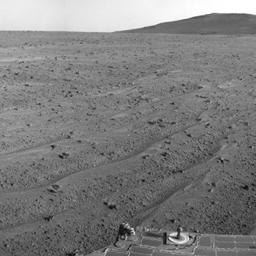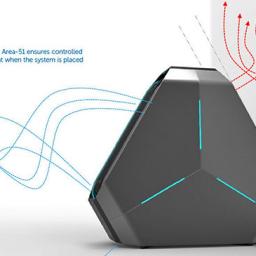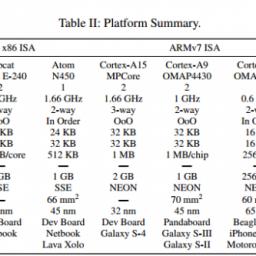Google abandons tracking authorship
After many years of experimentation, Google has finally decided to abandon its tracking of authorship. Authorship was potentially useful but a bit of a hassle to implement. First you had to create a Google profile, then somewhere, like in the footer of your blog or equivalent, you needed a hyperlink to that profile. Thirdly, in your Google profile, you had to provide a list of sites where you were an author. When you'd jumped through those hoops, you'd be rewarded with a little picture of yourself next to Google search results linked to your site.
About a year ago, they decided to reduce the number of results that showed an image to only the biggest guns or some, select searches. And now they've decided it wasn't providing much value at all, and have ditched it. From John Mueller's G+ post:
About a year ago, they decided to reduce the number of results that showed an image to only the biggest guns or some, select searches. And now they've decided it wasn't providing much value at all, and have ditched it. From John Mueller's G+ post:
Unfortunately, we've also observed that this information isn't as useful to our users as we'd hoped, and can even distract from those results. With this in mind, we've made the difficult decision to stop showing authorship in search results.Sayonara, authorship! Webmasters had fun jumping through the endless hoops of clawing ourselves up the slope of Search Engine Optimization anyway!
(If you're curious -- in our tests, removing authorship generally does not seem to reduce traffic to sites. Nor does it increase clicks on ads. We make these kinds of changes to improve our users' experience.)






